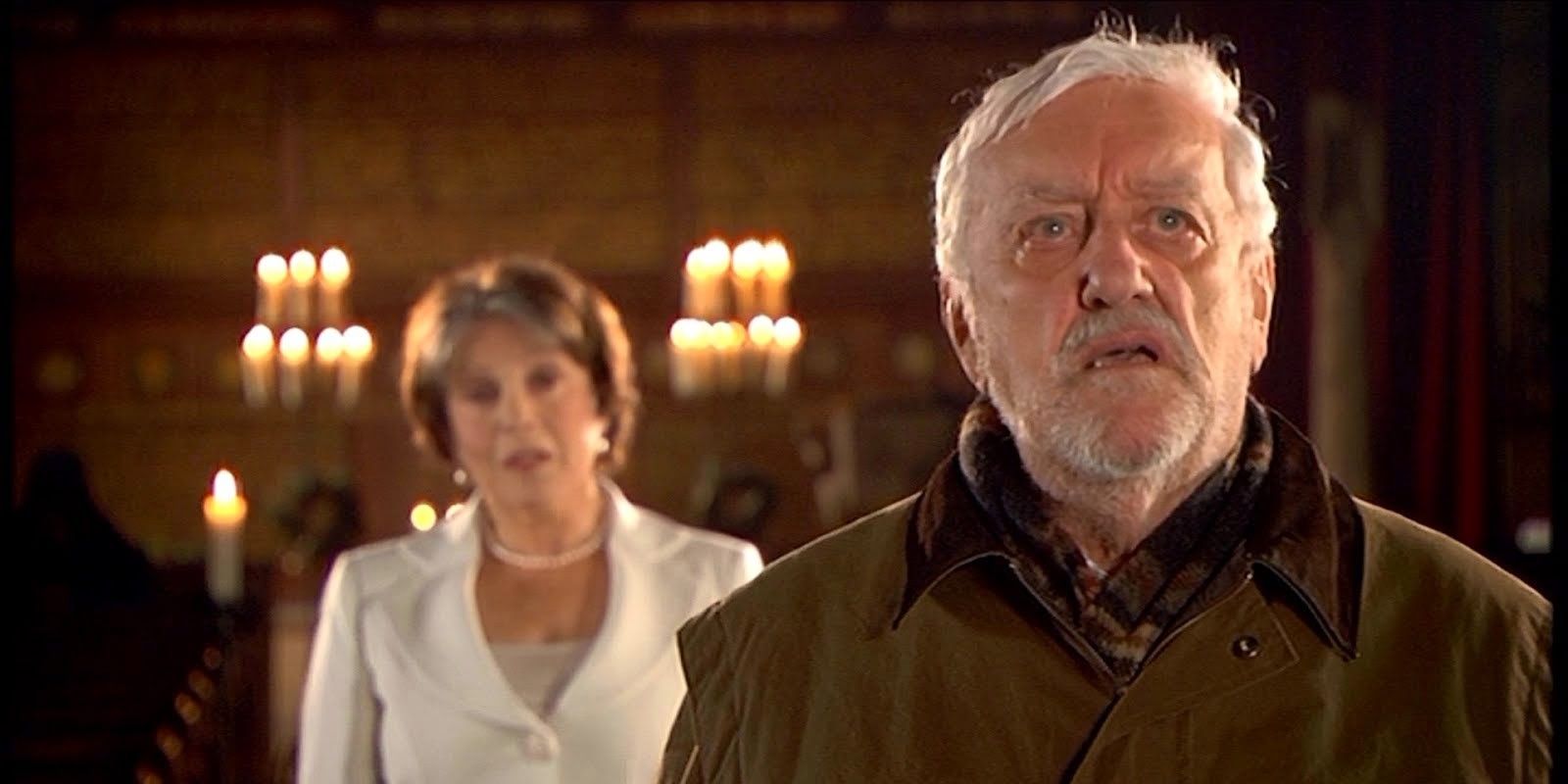Doctor Who‘s famously enigmatic mother became a key part of David Tennant’s farewell – but the angle no longer works alongside the Timeless Child. Though the notoriously flighty Time Lord first appeared alongside granddaughter Susan, The Doctor’s wider family history has generally remained private, with precious few details available regarding the character’s kin. The Second and Seventh Doctors suggested any family members had already perished long before the series began, while the Eighth Doctor claimed to have a human mother (put that one down to post-regenerative malaise), but after Doctor Who returned in 2005, then-showrunner Russell T. Davies began including more explicit glimpses into The Doctor’s family tree.
During the Tenth Doctor’s reign, Tennant would reference having a brother in “Smith and Jones,” being a husband in “Blink,” and having children in “The Doctor’s Daughter.” While his comments were typically vague and offered nothing in terms of names, personalities or eventual fates, the Tenth Doctor’s increasing preoccupation with family seemed to be leading somewhere, especially after striking up a father-son bond with Bernard Cribbins’ Wilf. In Tennant’s farewell story, “The End of Time,” the familial build-up paid off (sort of) when a mysterious female Time Lord approached Wilf, and aided The Doctor in thwarting Rassilon’s plan.
The woman and The Doctor exchange no words, but a meaningful, teary-eyed glance confirms a deep connection between them. The nature of this connection is left to the audience’s imagination, but the episode heavily implies Claire Bloom’s character is The Doctor’s mother, and Russell T. Davies has since confirmed this was his intention. The debut of The Doctor’s mother, even at a whisper, is a mom-umental moment for the long-running series – the first on-screen appearance from a member of The Doctor’s Gallifreyan family since Susan in the 1960s. The Twelfth Doctor’s era sort-of-but-didn’t elaborate upon the mystery, introducing a Gallifreyan who cared for The Doctor in his childhood, and Steven Moffat (Davies’ successor) allowed fans to decide this woman’s identity for themselves. She might’ve been anything from The Doctor’s birth mother, to the caring friend of a troubled young boy. Moffat also confirmed the character may or may not be the same Time Lady from “The End of Time,” although given the obvious difference in social standing, that seems unlikely.

In hindsight, Davies and Moffat were wise to keep The Doctor’s mother as vague as possible, because Chris Chibnall would later upend Doctor Who canon entirely with the Timeless Child. As Sacha Dhawan’s Master vividly explains in Doctor Who‘s season 12 finale, a young Doctor fell from another universe and was subsequently adopted by a Gallifreyan known as Tecteun. This conclusively rules out any possibility of The Doctor’s biological mother appearing in “The End of Time,” “Hell Bent” or anywhere else. The Doctor’s parentage is more mysterious now than ever before.
Fans’ natural, continuity-mending assumption might be that the unidentified woman from “The End of Time” and Tecteun are the same person, but this explanation generates problems of its own. During The Master’s grand Timeless Child reveal, The Doctor clearly has no recollection of Tecteun whatsoever, meaning David Tennant wouldn’t have reacted so emotionally if she and the mystery Time Lady were one and the same. Not only does the Timeless Child render Russell T. Davies’ original (albeit unspoken) intention obsolete, but his “mother” character must now be someone else entirely – perhaps a daughter, Susan, a sister, Romana, or a wife. Hopefully, answers will be forthcoming in Doctor Who season 13.




